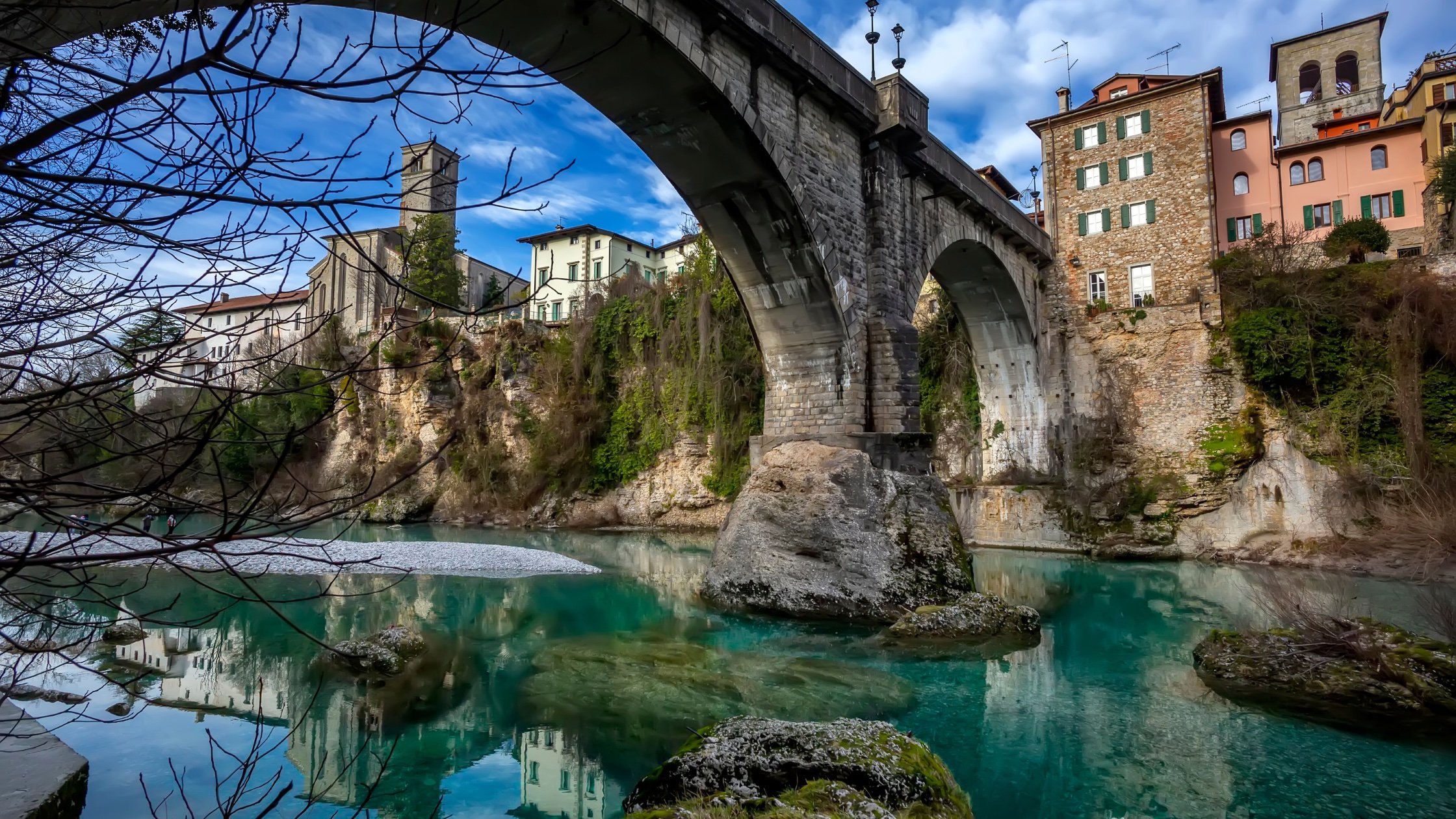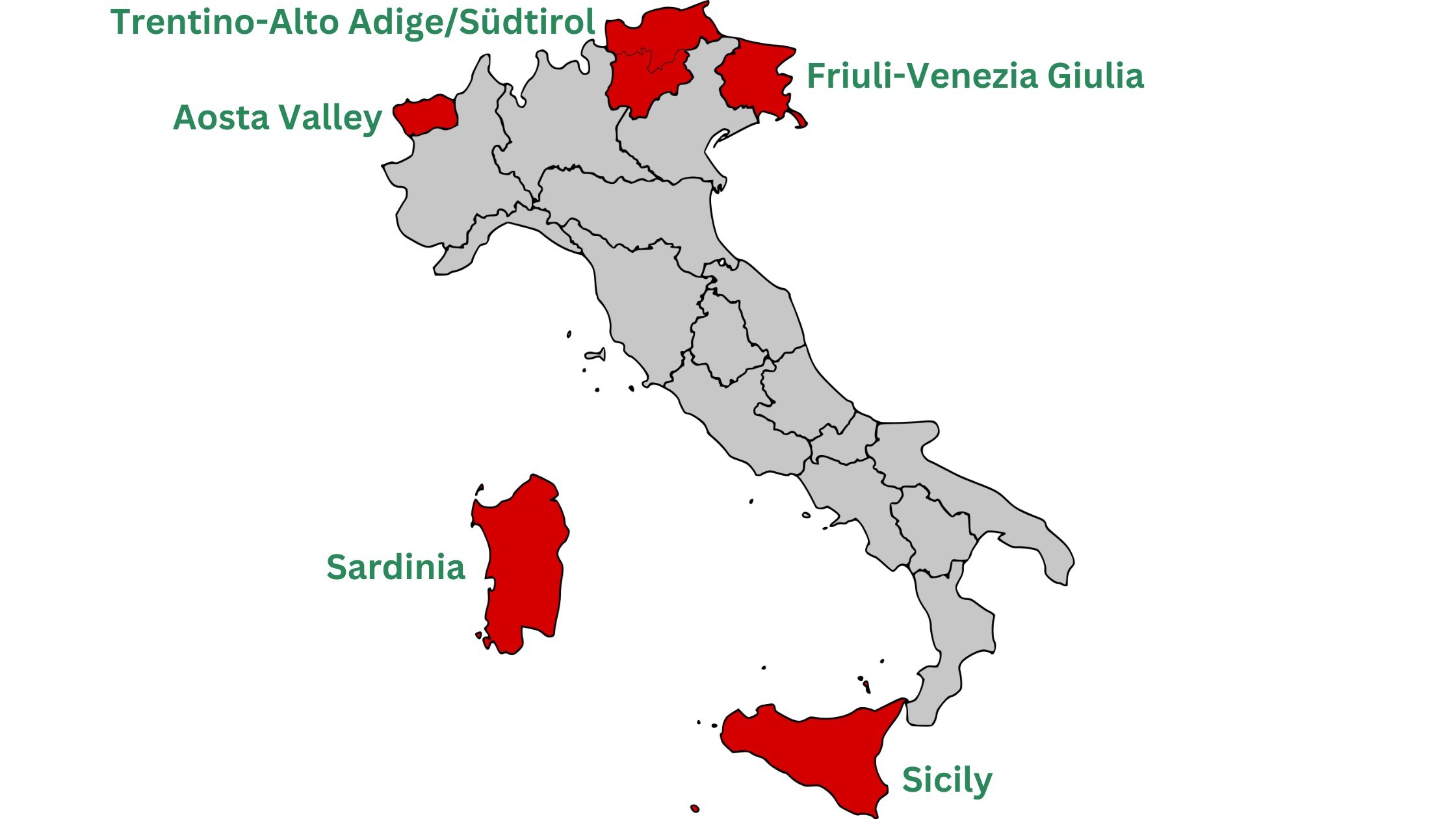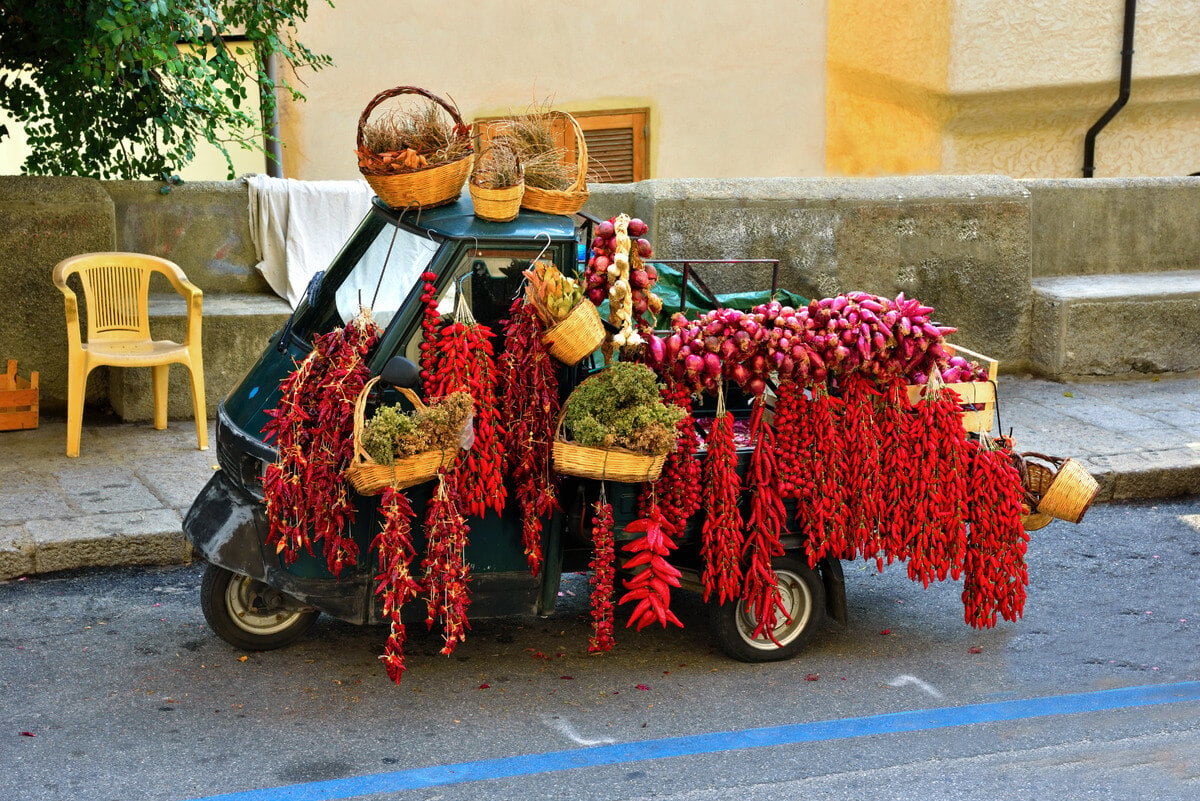Italy is not just a nation with a rich cultural heritage; it's also a country of diverse regions (20 in total) , each with its own unique history, culture, and identity. Among these regions, five are designated as autonomous regions: Sicily, Sardinia, Trentino-Alto Adige/Südtirol, Aosta Valley, and Friuli-Venezia Giulia.
These regions enjoy a special status that grants them a degree of self-governance and autonomy, allowing them to preserve and promote their distinct characteristics. But how did they acquire this special status? In this week's blog, we delve into the origins and autonomy of Italy's autonomous regions.
Italy's autonomous regions are the result of a complex interplay of historical, cultural, geographical, and political factors. They are a testament to Italy's commitment to preserving its regional diversity while maintaining a unified nation. These regions, with their unique identities, contribute to Italy's vibrant cultural tapestry and serve as a model of balanced regional autonomy within a unified state.
Italian Constitution of 1948: The Foundation
The groundwork for regional autonomy in Italy was laid in the Italian Constitution of 1948. Article 116 of the Constitution acknowledges the diverse nature of Italy's regions and outlines the principles of regional autonomy. It is within this constitutional framework that the autonomous regions were established.
Special Statutes: Defining Autonomy
Each autonomous region obtained its autonomous status through special statutes. These statutes are unique to each region and specify the areas in which the regions have legislative and administrative autonomy. The content of these statutes is tailored to the historical, cultural, and linguistic characteristics of each region.
Italy's autonomous regions, though still part of Italy and using the national currency, have more control over local laws and finances compared to other regions. They retain a larger share of their local taxes, with some, like Sardinia, keeping 100%. This enables regional governments to fund more services independently, reducing dependence on the national government.
Historical and Cultural Factors: Sicily and Sardinia
Sicily and Sardinia, for instance, were granted autonomous status due to their historical and cultural distinctiveness. These regions have their own languages or dialects and a strong sense of regional identity.
Geographical Factors: Trentino-Alto Adige/Südtirol and Aosta Valley
Regions like Trentino-Alto Adige/Südtirol and Aosta Valley, characterized by their mountainous terrain, were granted autonomy partly because of their unique geographical challenges and isolation.
Political Negotiations: Shaping Autonomy
The process of granting autonomy often involved negotiations between the central Italian government and regional authorities. These negotiations led to the creation of special statutes that defined the scope of regional autonomy.
Referendums: Public Support for Autonomy
In some cases, referendums were held to determine whether the local population supported autonomy. For example, a 1948 referendum in Trentino-Alto Adige/Südtirol allowed the region to choose its level of autonomy.
Amendments and Revisions: Evolving Autonomy
Over the years, there have been amendments and revisions to the special statutes to address changing regional needs and circumstances. This flexibility has allowed for the continued development of regional autonomy.
These are the five autonomous regions:
Sicily (Sicilia)
Located in the southern part of Italy, Sicily is the largest island in the Mediterranean Sea. It has a distinct culture and history.
In Sicily, Italian is the official language, but the Sicilian dialect (Sicilianu) is widely spoken in daily life. Sicilian has its own distinct vocabulary, grammar, and pronunciation.Sicily enjoys legislative and administrative autonomy, allowing it to manage various aspects of local governance.

Sardinia (Sardegna)
Situated to the west of the Italian mainland, Sardinia is the second-largest island in the Mediterranean. Sardinia has its own official language, Sardinian, alongside Italian.
Sardinian (Sardu or Limba Sarda) is a Romance language. It has several dialects across the island, and it is recognized as one of Italy's minority languages.The region has significant autonomy, particularly in areas like agriculture, transportation, and the environment.
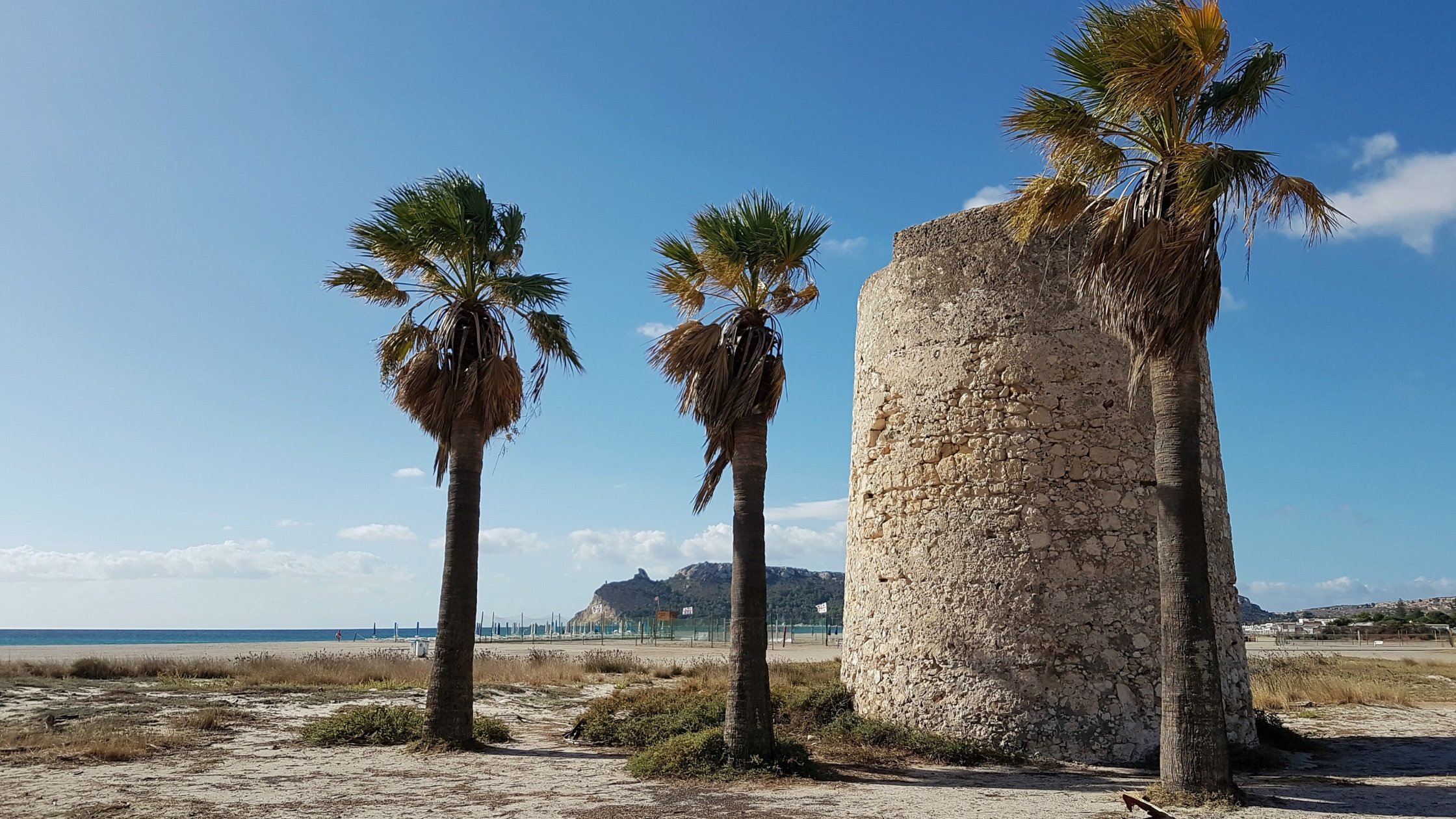
Trentino-Alto Adige/Südtirol (Trentino-Alto Adige/Südtirol)
This region is located in the northern part of Italy and is known for its picturesque Alpine landscapes. Trentino-Alto Adige/Südtirol is unique in that it is an autonomous region with two autonomous provinces: Trentino and South Tyrol (Alto Adige).
This region has a unique linguistic landscape. In Trentino, Italian and the regional dialects are commonly spoken, while in South Tyrol (Alto Adige), German and Ladin (a Romance language) are also spoken alongside Italian. The region's multilingualism is a reflection of its historical and cultural diversity.The region enjoys a high degree of autonomy, including control over education, healthcare, and cultural matters.

Aosta Valley (Valle d'Aosta)
Located in the northwestern part of Italy, Aosta Valley is known for its stunning mountain scenery.
Aosta Valley is bilingual, with both Italian and French being official languages. The regional dialect of Franco-Provençal, called Arpitan, is also spoken in some areas.The region has its own statute and enjoys a significant level of legislative and administrative autonomy.
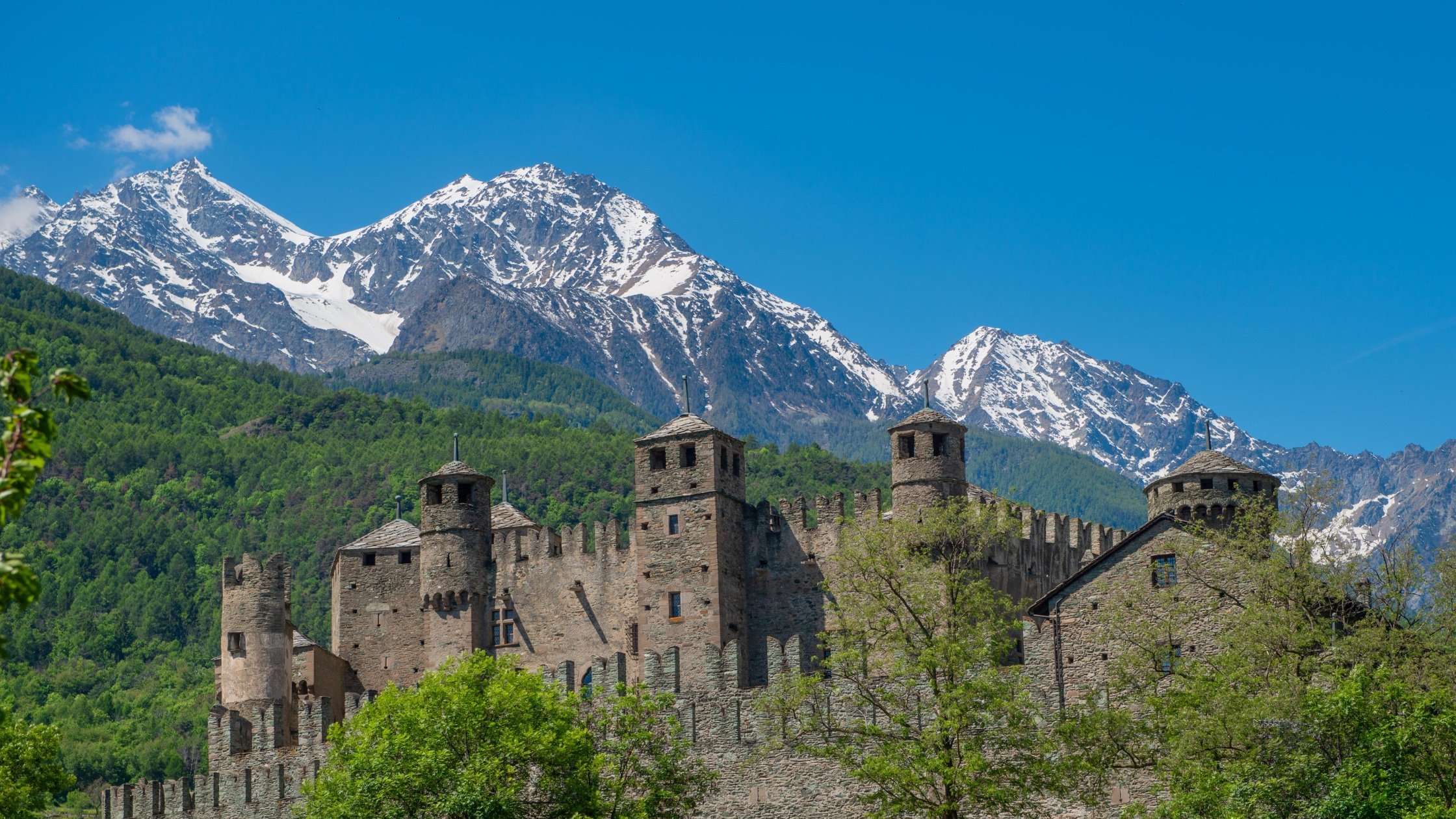
Friuli-Venezia Giulia
Situated in the northeastern part of Italy, this region shares borders with Austria and Slovenia. It is known for its multicultural heritage.
Friuli-Venezia Giulia is linguistically diverse, with Italian, Friulian, and Slovene being the main languages. Friulian and Slovene have co-official status alongside Italian in specific areas of the region.Friuli-Venezia Giulia has autonomy in various areas, including cultural and linguistic policies.
